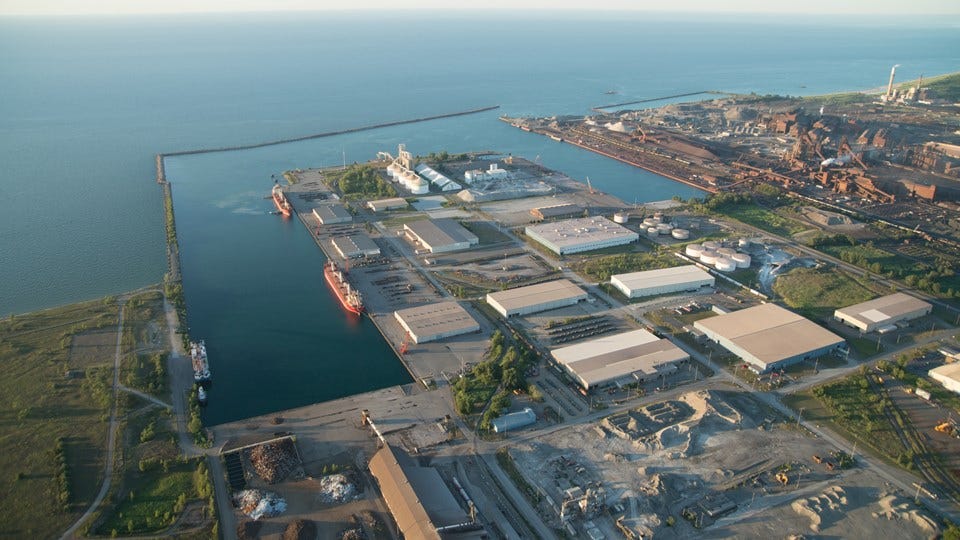Maritime shipping adds $30 billion to Indiana economy, study finds
Subscriber Benefit
As a subscriber you can listen to articles at work, in the car, or while you work out. Subscribe Now
Maritime shipping contributes nearly $30 billion a year to Indiana’s economy, according to a newly released study.
The study conducted by transportation consulting firm Martin Associates found that shipping on Lake Michigan and the Ohio River adds $29.8 billion to the state’s economy and supports 158,000 jobs.
Data from the U.S. Army Corps of Engineers puts Indiana 12th nationally among maritime shipping, and the Martin study found that Indiana’s Lake Michigan shoreline is responsible for 57% of the country’s Great Lakes shipping economy.
“Indiana’s growth and influence on America’s inland maritime transportation continues unabated,” Indiana Gov. Eric Holcomb said in a news release. “The economic impacts of maritime shipping on Indiana’s economy are truly impressive, and they underscore the importance of the Great Lakes and Ohio River to our global reach. Our ports and waterways take Indiana to the world and bring the world to Indiana.”
The Martin study based its analysis on 143 interviews with Indiana-based maritime terminals, industrial tenants and service providers. The study comes following other such efforts to explore the three ports included in the Ports of Indiana, as well as the Great Lakes and St. Lawrence Seaway ports.
The most recent study found Indiana shipped nearly 55 million tons of maritime cargo in 2022. That shipping provided $11.5 billion in income for the more than 158,000 employed in the sector. The shipping also contributed $1.9 million in tax dollars to local and state governments.
“Indiana is home to a robust maritime economy with three state ports and more than 90 cargo terminals that ship critical cargoes around the world,” Martin Associates President John C. Martin said in the release. “The state’s maritime capabilities on Lake Michigan and the Ohio River provide essential connections to regional and international markets while also providing jobs and economic support for local communities.”
